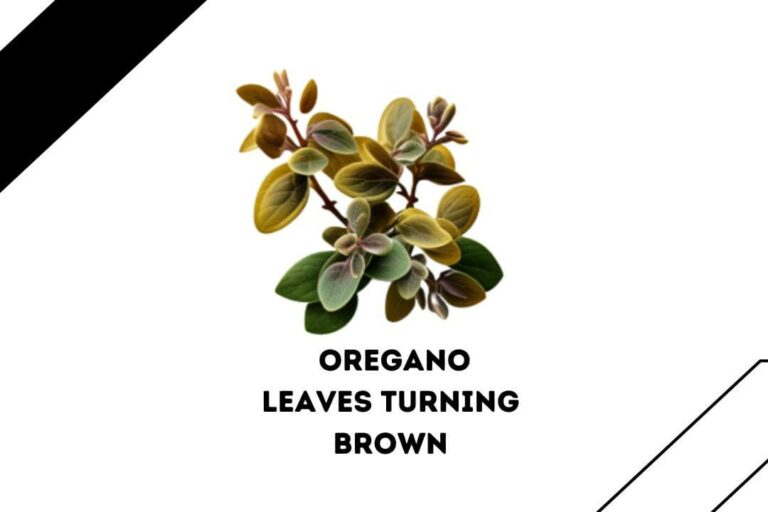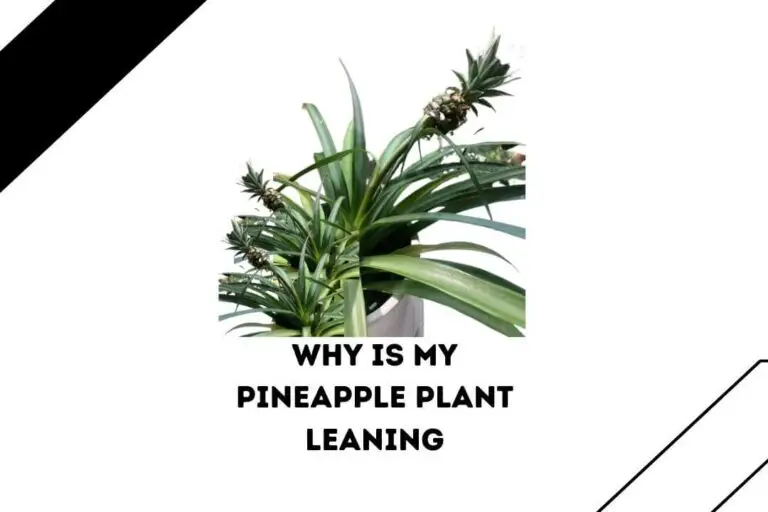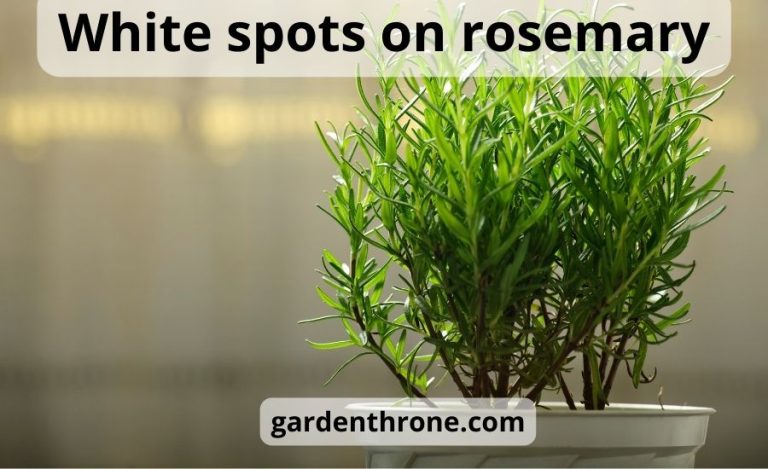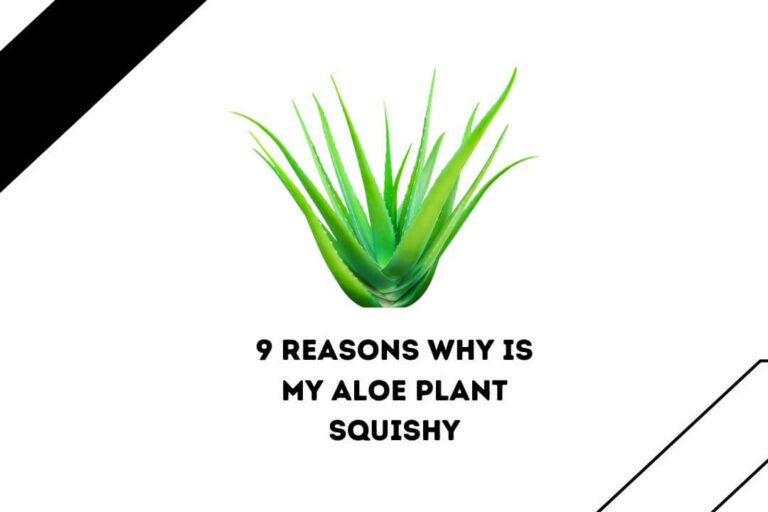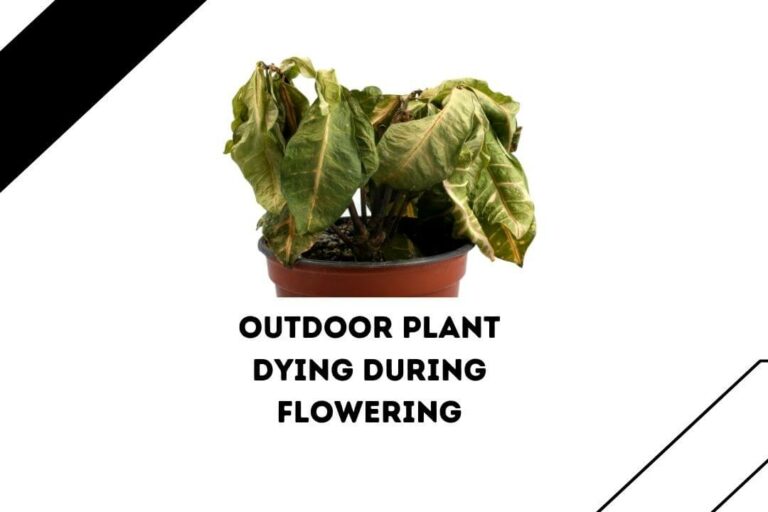If you are wondering ‘why my eucalyptus plant is crispy,’ be rest assured this is common & you’re not alone. Many people frequently have complained about their crispy eucalyptus plant’s leaves which can be frustrating. I will also not appreciate or like to watch your plant either away.
Fortunately, you can take a few steps to prevent it from happening again. In this article, we will discuss the common causes of crispy eucalyptus plants and how to identify & prevent them. If your eucalyptus plant is already suffering from crisp leaves, this article will help you fix the issue by identifying the real culprit.
Why Is My Eucalyptus Plant Crispy

Underwatering
First, you should always pay attention to your plant watering schedule. Look out for underwatering symptoms. If you are not providing the proper amount of water to your plant it needs, you will notice its leaves becoming dry & brittle.
This might be because you must identify your plant and whether it is underwatered by checking the soil moisture level. Consider sticking your finger about an inch into the soil. If the ground feels dry, it’s a sign that your plant needs to be watered.
You must regularly provide water to your eucalyptus plant, especially in summer or during hot and dry weather. It would be best to consider watering your plant until its soil becomes moist but not soaking wet. Ensure you use a well-draining potting mix and a pot with drainage holes to prevent Water pooling at the bottom.
Overwatering
Overwatering is another common cause of crispy eucalyptus plants. If you provide excessive water to your plant’s soil, its roots will sit in water too long, causing the eucalyptus leaves to turn yellow or brown.
Thus, it becomes crispy. If you notice any sign of Browning and yellowing of the plant leaves, you should stop watering your plant. You must only Water Your eucalyptus plant when its top inch of soil feels dry.
In addition, if you notice the water is pooling at the bottom of the pot, consider draining it and improving the drainage by adding sand and perlite to the soil mix.
You can also consider reading my article on How to Fix Waterlogged Potted Plants
Environmental Factors
Another reason why your plant might not be looking healthy or its leaves are becoming crispy could be environmental factors. Your eucalyptus plants may not receive the proper humidity & adequate temperature level.
Other than that, inadequate lighting or improper placement of the plant where it is receiving nasty light may affect its health & growth. Since you know that Eucalyptus plants thrive in warm temperatures & high humidity, consider taking the necessary action to fulfill this requirement.
Low temperatures or dry air are often responsible for leaves becoming crispy. Similarly, insufficient light can also cause your plant leaves to drop or become brittle.
To learn which type of environmental factor affects your plant, you should first check the temperature and humidity levels in the room where your plant is located. If the temperature is below 60°F or the humidity is below 40%, it’s a sign that the environment is not suitable for growing and keeping eucalyptus plants. If your plant is not receiving enough light, move it to a brighter location or supplement it with artificial light.
Pests and Diseases
Another significant reason your eucalyptus plants become crispy could be pest infestation or diseases. Many common pests may infest your eucalyptus plant if you ignore proper care, maintenance, and hygiene.
Some common problem that usually plagues plants like eucalyptus includes spider mites, mealybugs, and scale insects. Your eucalyptus plant leaves can become dry and crispy if pest infests and suck the SAP from your plant leaves.
On the other hand, many other diseases may also cause your plant leaves to become crispy, like powdery mildew and root rot. I always prefer inspecting my plants for signs of infestation and diseases. Common symptoms of pest infestation and conditions include webbing, sticky substances, spots, or discoloration.
You may also need a magnifying glass to check for tiny insects on your plant’s leaves and stems. If any of those are found, I will advise you to use insecticidal soap or a fungicide, depending on the issue.
You must also remove any dead or damaged leaves. So, never underestimate the importance of sterilizing your pruning tools between uses to prevent the spread of disease. If you don’t want to use insecticidal soap or you don’t have fungicide, you can also go with neem oil or other natural remedies to prevent pests.
Soil Issues
Do you know that soil quality can also affect the health of eucalyptus plants? According to Researchgate, eucalyptus plants prefer slightly acidic soil with a pH between 5.1 and 5.6.
If you’re growing your eucalyptus plant in soil that is too compact or lacks nutrients, your plant will not be able to absorb water & nutrients properly, leading to crispy leaves.
You should get a soil testing kit from a nearby store or online to check whether your plant is suffering from soil issues. After that, check your soil quality. Add organic matter, such as compost or aged manure, to the soil if it needs improvement. You can also use a slow-release fertilizer to give the plant nutrients. I prefer using molasses and honey mix as a sweetener and energy source for my plants during the growing season. Consider reading Honey vs molasses: which one is better for plants?
5 Tips For Keeping Your Eucalyptus Plant Healthy
- It would be best only to water your eucalyptus plants when they are sensory to the touch.
- Ensure your eucalyptus plant has adequate drainage, preventing water from sitting in the soil too long.
- You must monitor your eucalyptus plant’s environmental conditions and adjust as needed. Most Eucalyptus plant varieties prefer bright, indirect sunlight and humidity levels between 40-60%.
- Inspect the plant regularly for pests and diseases.
- You should always use a slow-release fertilizer that gives your plant the necessary nutrients over time.
FAQ
What Is The Ideal Temperature Range For Eucalyptus Plants?
The ideal temperature range for eucalyptus plants is between 65-85°F (18-29°C). Even though Eucalyptus plants prefer warm and temperate climates, some eucalyptus plants can tolerate temperatures as low as 20°F.
Can Eucalyptus Plants Tolerate Direct Sunlight?
Yes, eucalyptus plants can tolerate direct sunlight. However, you should provide them partial shade during the hottest part of the day, especially during the summer, to support their growth and prevent the soil from drying out quickly.
How Often Should I Water My Eucalyptus Plant?
Depending on factors like your plant’s size, the climate, and the type of soil you’re using, you should determine and adjust the right watering frequency for eucalyptus plants. Generally, you should water your eucalyptus plant deeply once a week during the growing season and less during the winter months.
How Can I Tell If My Eucalyptus Plant Is Being Affected By Pests?
There are many signs that indicate your eucalyptus plant is affected by pest infestation like leaf discoloration, leaf spots, holes in the leaves, wilting, and stunted growth. You may also notice waxy substances or web-like structures if your plant is affected by insects.
What Type Of Soil Is Best For Eucalyptus Plants?
Since eucalyptus plants prefer well-drained soil rich in nutrients, you should provide an ideal soil mix of sand, loam, and organic matter. In addition, I recommend adding a layer of mulch around your plant’s base to retain moisture and improve soil quality.
Conclusion
If you notice your plant suffering from crispy leaves, you shouldn’t worry. As I told you, you can always revive your brittle eucalyptus plant by identifying the culprit and then taking the necessary steps to address it. I tried my best to explain why your plant leaves could be crispy and what you should do.
As I told you, you should provide adequate water,well-draining soil, and proper environmental conditions. You should also pay attention to a regular inspection for pests and diseases while using slow-release fertilizer to keep their soil quality balanced and improved.
If you follow all the tips and best practices mentioned in this article, you can get your eucalyptus plant’s crispy leaves back to their normal state. I have given my best, and if you find this article helpful, consider sharing it.
Your share is going to help many people understand the reason behind eucalyptus plant leaves turning crispy. Do check our other practical guide on eucalyptus plant care and management. See you in the next post, till then, take care and goodbye.

